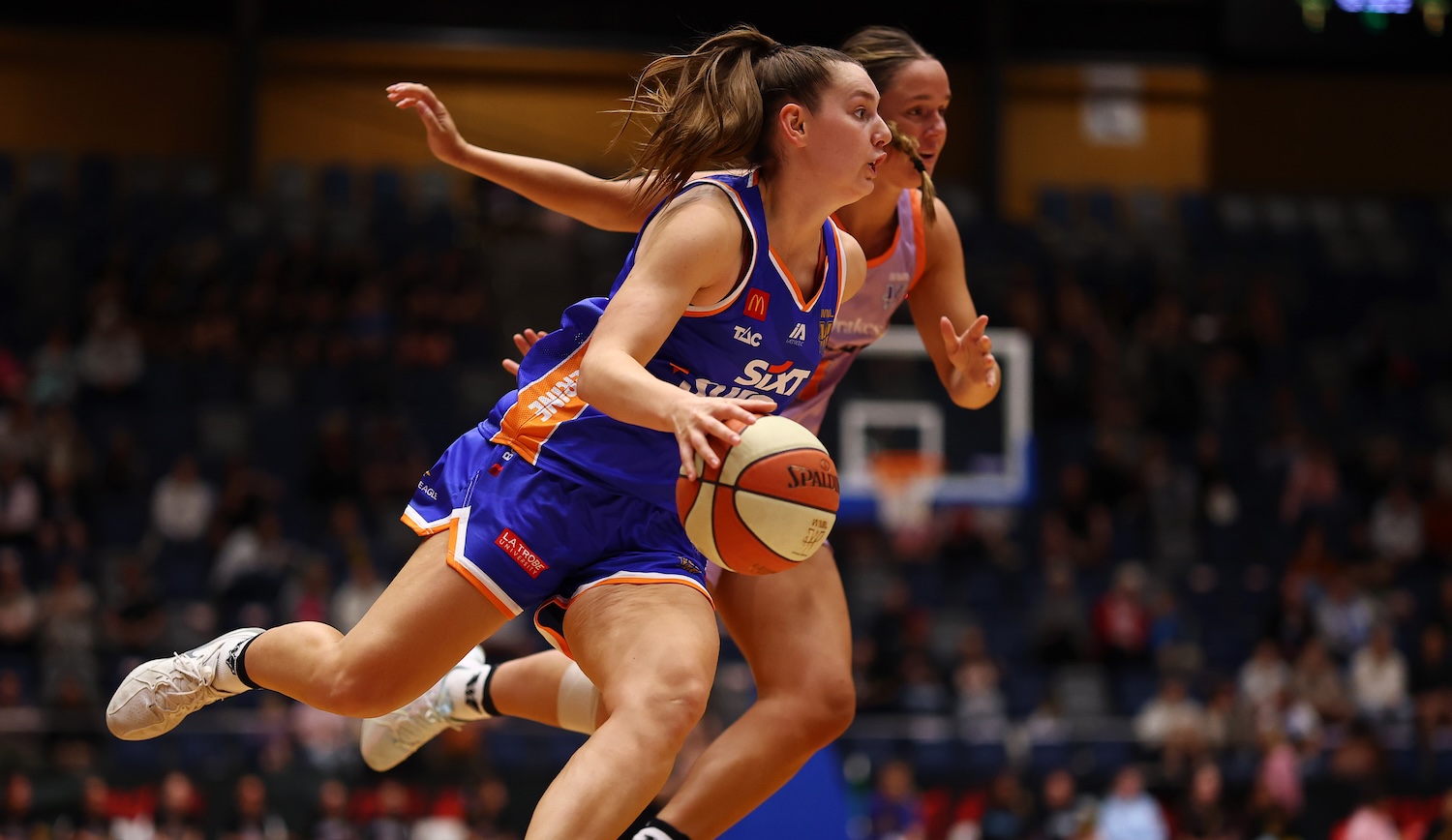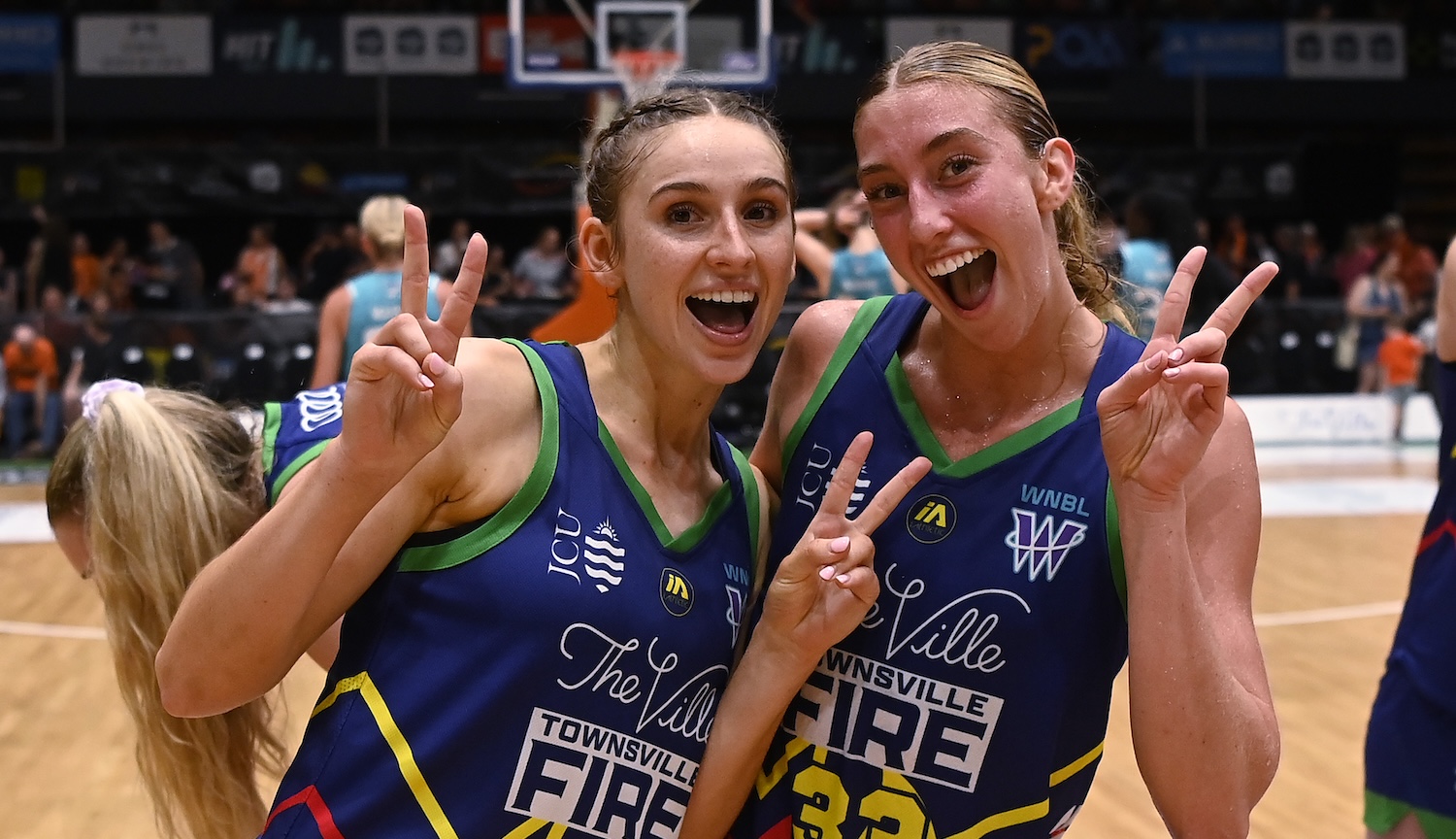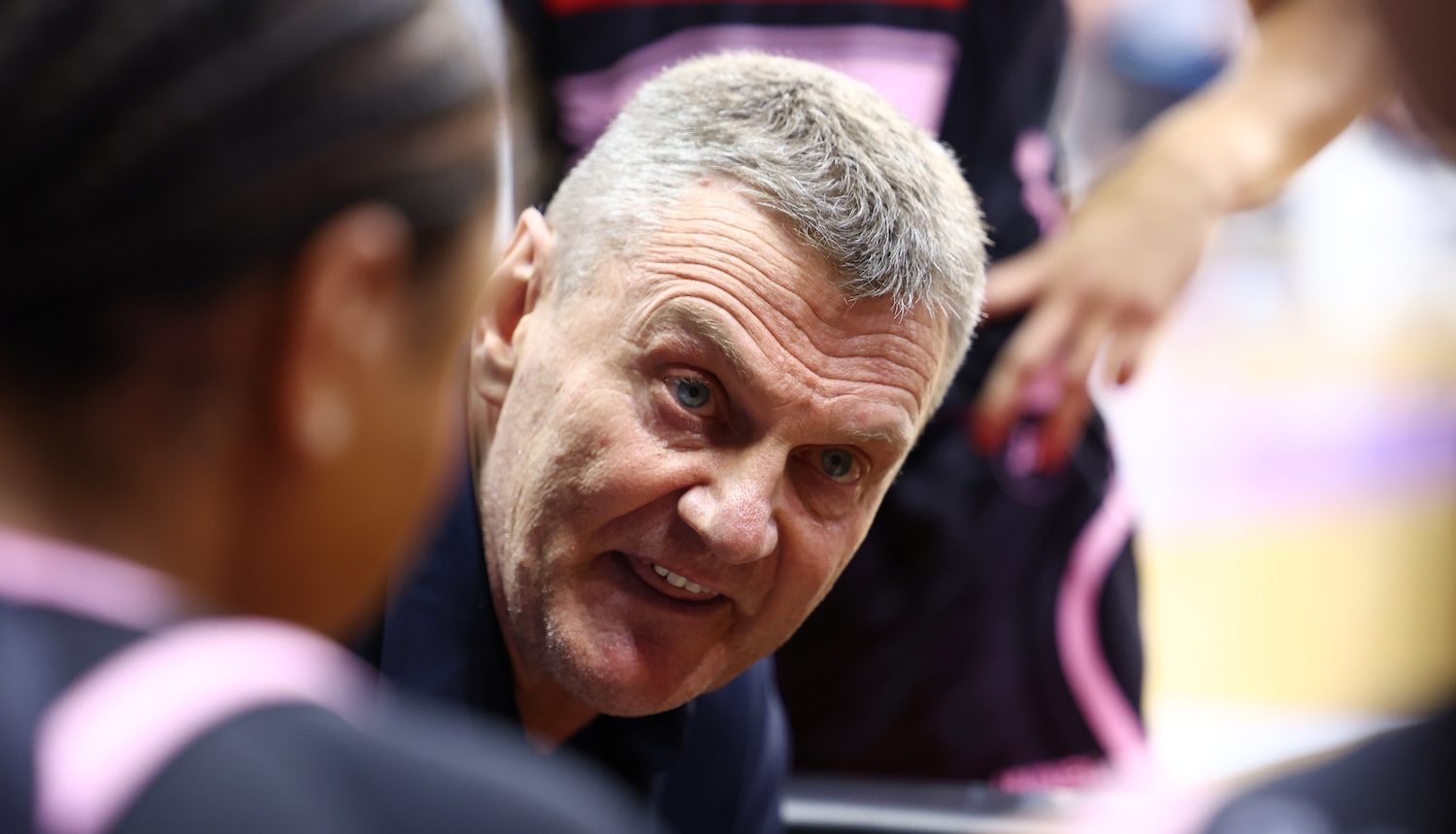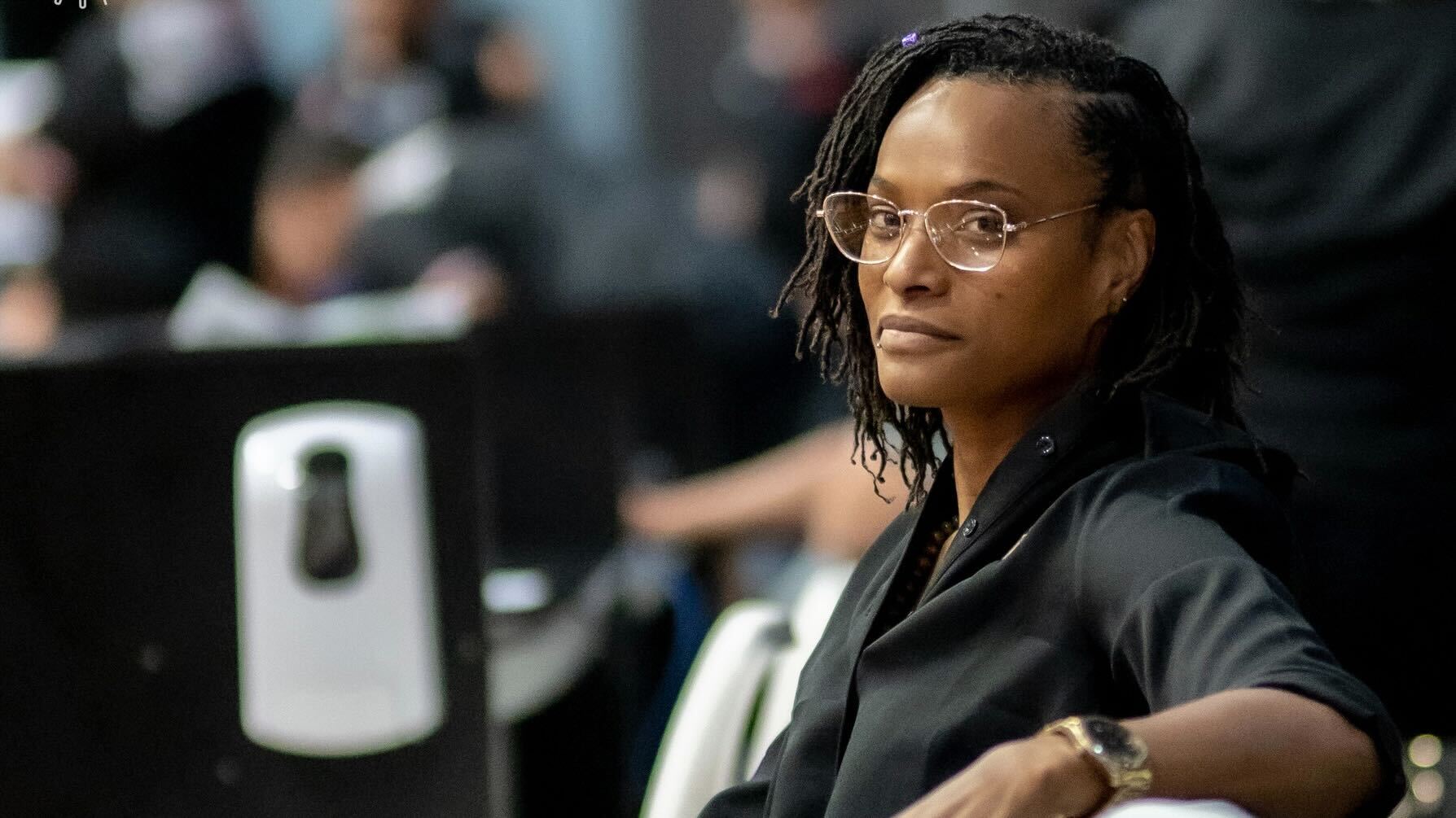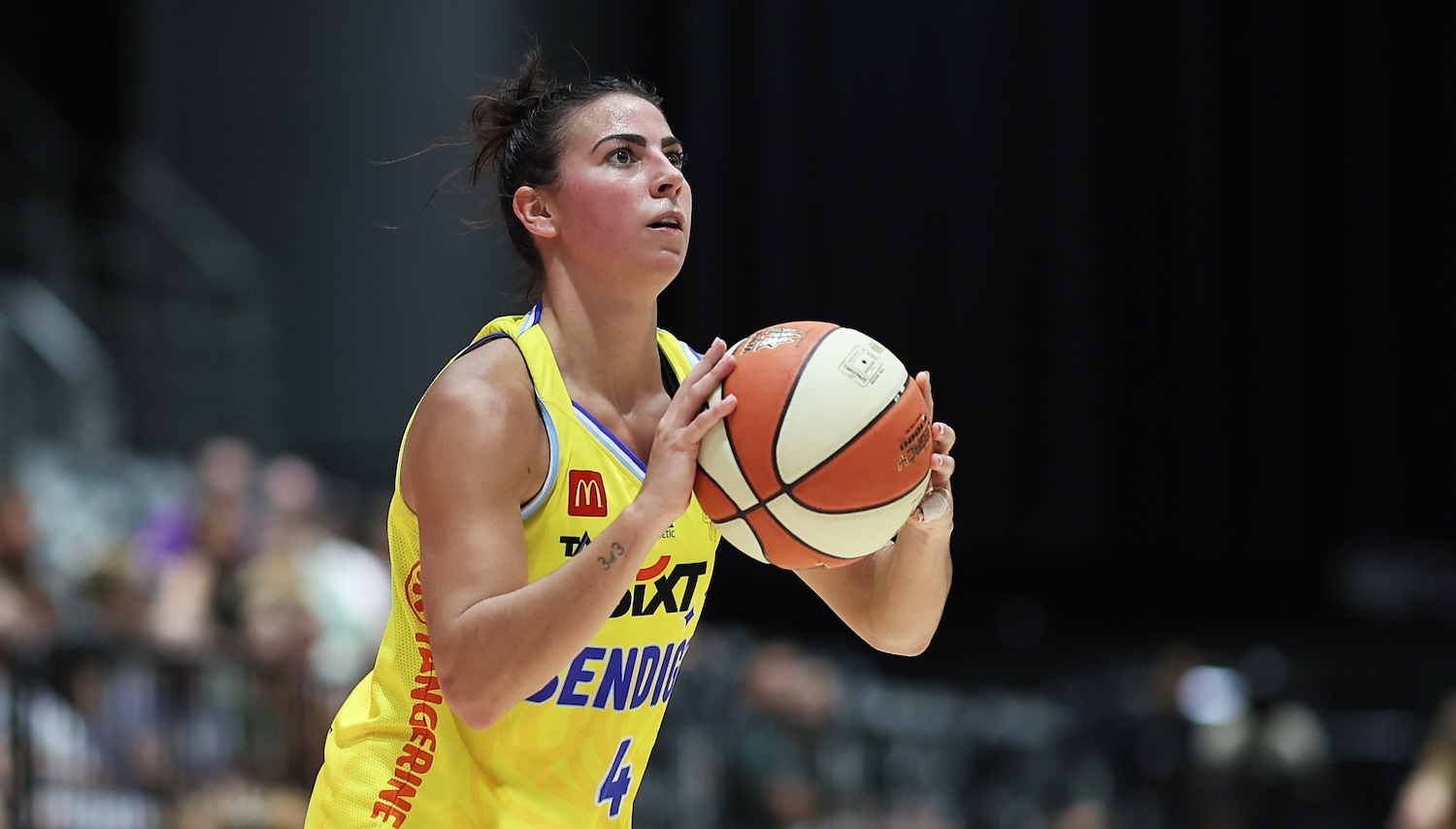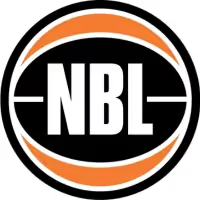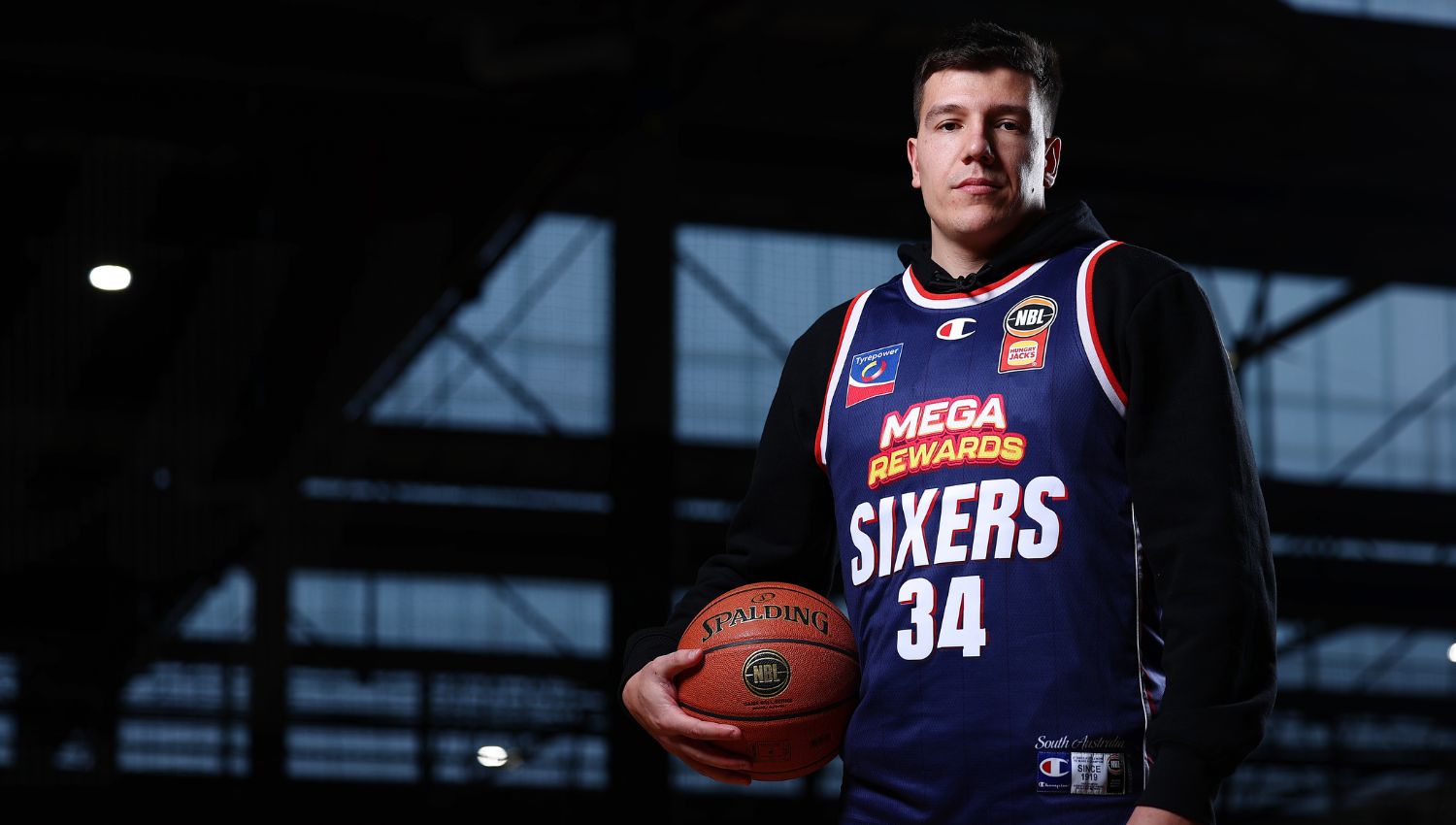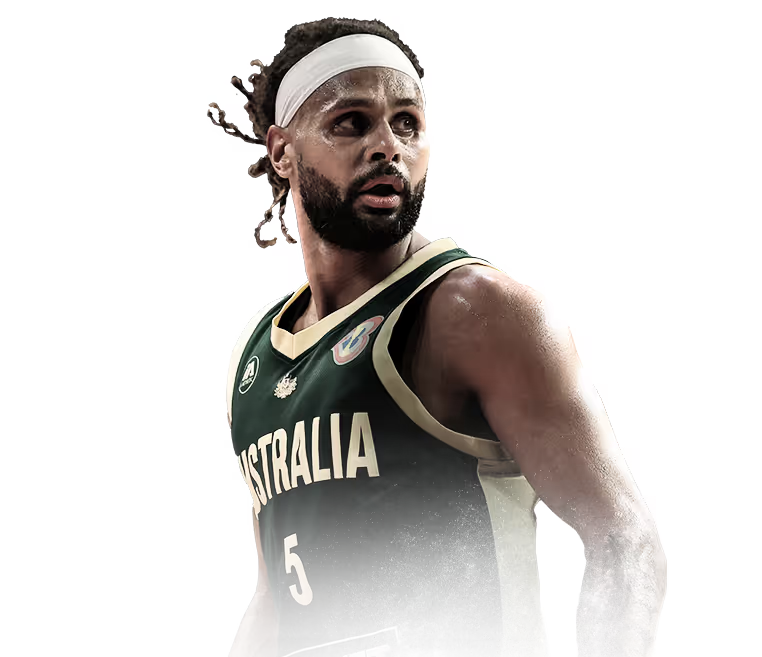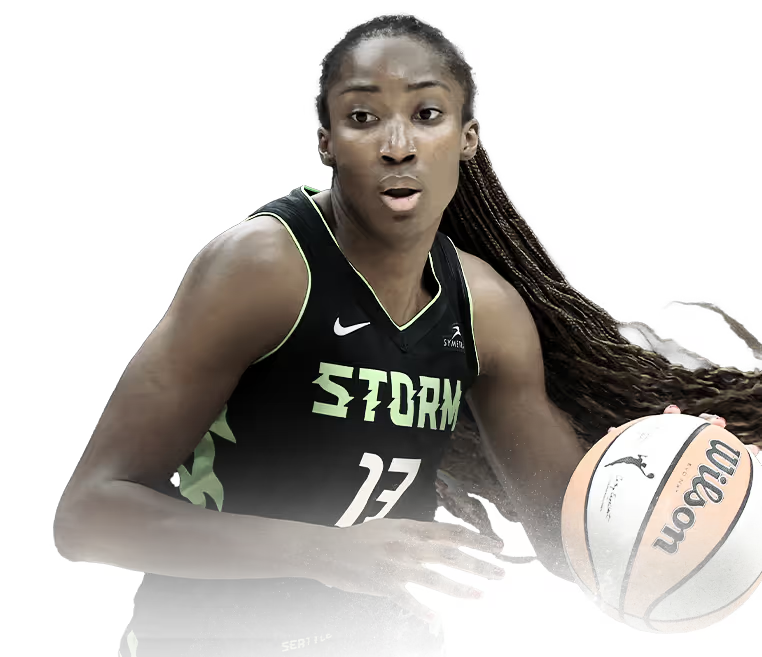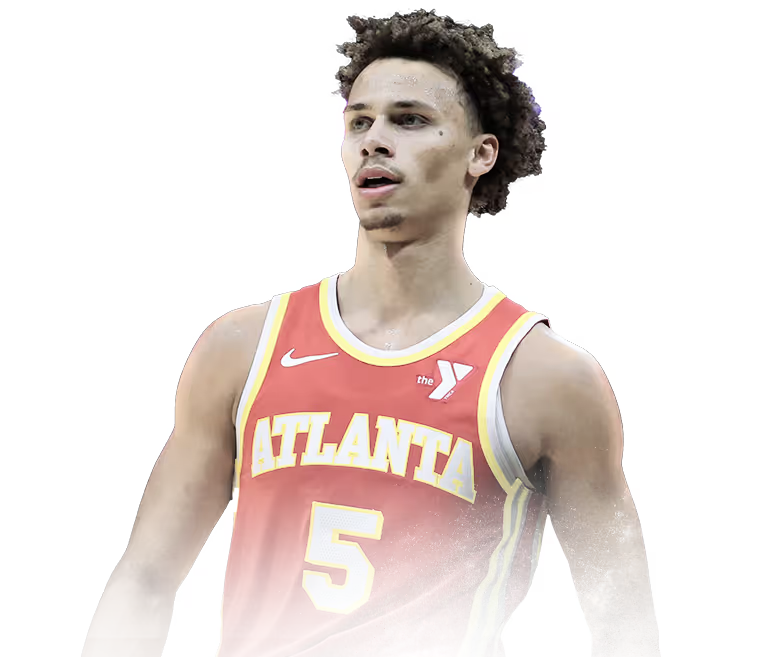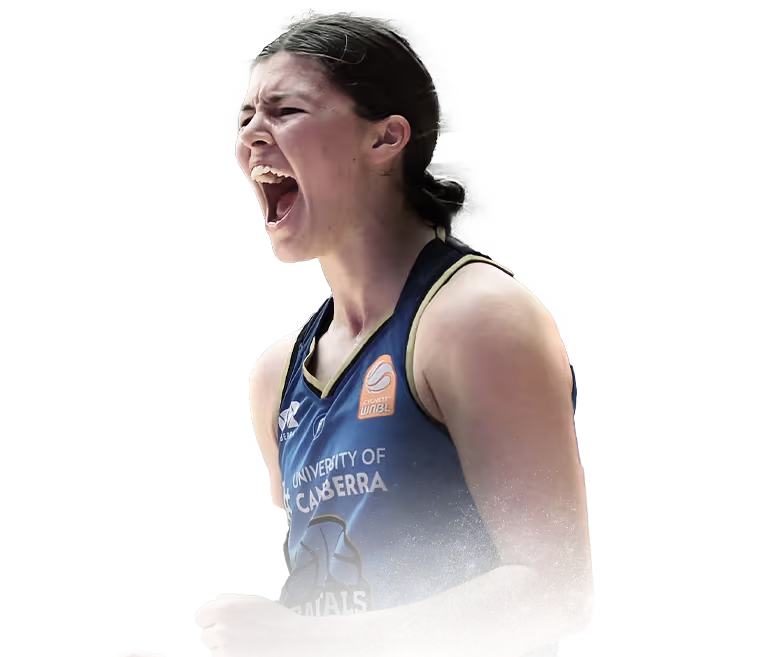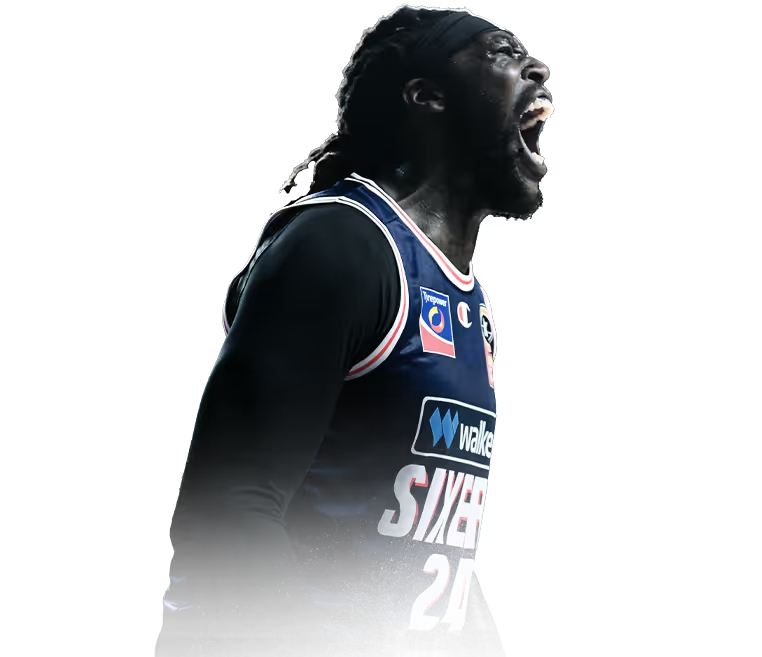

30
Apr
League Profile
A definitive history of the WNBL
A definitive history of the WNBL: From $25 a team to world acclaim
- The WNBL, Australia's premier women's basketball league, has a rich 40+ year history
- From humble beginnings in 1981, the league has grown into a national competition
- The WNBL has been crucial in developing Australian talent for international success
The Women's National Basketball League (WNBL) is Australia's top-tier women's basketball competition, with a storied history spanning over four decades. Established in 1981 as the Women's Interstate Basketball Conference, the league has evolved into a cornerstone of Australian basketball, playing a pivotal role in the development of the sport and its athletes.
On November 17, 2024 it was revealed Wollemi Capital Group Syndicate (WCGS) and the National Basketball League (NBL) consortium finalised an agreement to acquire a majority interest in the League. The consortium will assume control of the WNBL on April 2, 2025, with Basketball Australia retaining a minority shareholding.
Music boss Jennie Sager named WNBL CEO.

Under the new ownership and fighting off hurdles such as getting all teams to commit to the league under The Wollemi Capital Group Syndicate (WCGS) and the National Basketball League (NBL) consortium, as well as ensuring eight teams will compete by helping save Adelaide, the WNBL officially launched its rebrand on Friday May 23, 2025.
Despite the relaunch, conjecture remained whether the "Lightning" would remain as Adelaide's moniker given the SA Government
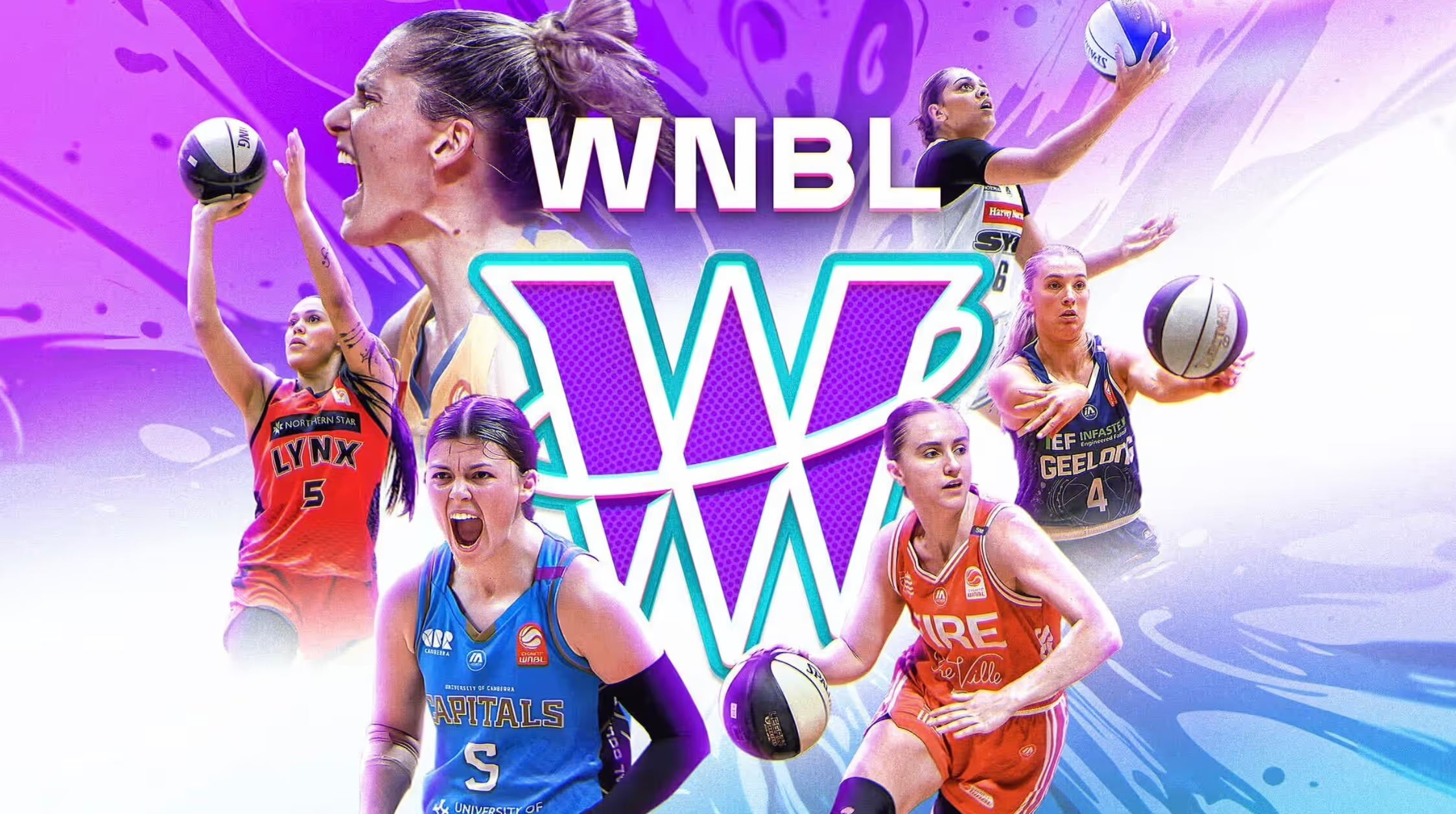
Formation and Initial Structure
The WNBL's origins can be traced back to a meeting on October 4, 1980, in Sydney. Representatives from six leading clubs in Australian women's basketball gathered to form a two-round competition scheduled for July and August 1981. The founding clubs were:
- North Adelaide
- West Adelaide
- Glenelg (from South Australia)
- CYMS
- Telstars
- St. Kilda
The primary motivations behind the league's formation were to provide top-tier teams with varied competition beyond their state leagues and to prepare for the Australian Club Championship. Additionally, the success of the men's National League, established in 1979, inspired the women's game to create more opportunities for elite players and clubs to compete regularly.
Early Challenges and Expansion
Financial considerations were a significant factor in shaping the early structure of the competition. The initial format included a full home-and-away series between all teams, with three games played on one weekend to reduce costs. New South Wales clubs Bankstown and Sutherland, initially excluded due to financial constraints, offered to pay their own way to participate in the league.
In 1981, the newly opened Australian Institute of Sport (AIS) joined the competition, further enhancing the league's prestige and talent pool. The inaugural season commenced on June 19, 1981, with the first game played between the AIS and West Adelaide in Adelaide.
Rebranding and National Expansion
Initially named the Women's Interstate Basketball Conference, the league rebranded to the Women's Basketball League in 1982. This change coincided with the entry of a combined Brisbane team, marking the competition's expansion into Queensland.
The league continued to evolve, and in 1985, it was renamed the National Women's Basketball League (WNBL), reflecting its truly national status. Perth's entry in 1986 further solidified the WNBL's position as Australia's premier women's basketball competition.
Professionalisation and Media Coverage
The late 1980s and early 1990s saw significant strides in the league's professional development:
- 1989: First sponsorship deal with Pony, worth $258,000
- 1989: ABC agreement to cover the finals series
- 1993: Teams contribute funds to enable weekly television coverage by ABC
These developments greatly increased the sport's profile and laid the groundwork for future growth.
Olympic and World Championship Achievements
The WNBL has been instrumental in developing players for international competition. Notable achievements include:
- 1984: Australia qualifies for the Los Angeles Olympics
- 1988: First-ever defeat of the USSR in Olympic competition
- 1996: First Olympic medal (bronze) in Atlanta
- 2000: Silver medal at the Sydney Olympics
WNBA and European League Success
WNBL players have found success in international leagues, particularly the WNBA and European competitions. Standout achievements include:
- Michele Timms: First international player drafted to the WNBA (1997)
- Lauren Jackson: WNBA's No. 1 Draft pick (2001) and MVP (2007)
- Penny Taylor and Belinda Snell: Led Phoenix Mercury to WNBA championship
Modern Era
The WNBL has continued to evolve in recent years:
- 2006/07: Increased television coverage with live Friday night games on ABC digital
- 2007/08: Addition of Bendigo Spirit and Christchurch Sirens
- 2008/09: Logan Thunder joins the league
Ongoing Challenges
Financial stability remains a persistent challenge for the WNBL. Teams have explored various ownership models, including association-based, state-based, and private ownership, to ensure sustainability.
Legacy and Impact
The WNBL has been crucial in developing some of Australia's greatest basketball talents, including:
- Robyn Maher
- Michele Timms
- Lauren Jackson
- Penny Taylor
These players have represented Australia with distinction and been key performers in both the WNBL and international competitions.
As the WNBL celebrates over 40 years of existence, it stands as a testament to the growth and development of women's basketball in Australia. From its humble beginnings to its current status as a breeding ground for world-class talent, the league has played an invaluable role in shaping the landscape of Australian basketball. Despite ongoing challenges, the WNBL continues to adapt and evolve, ensuring its place as a cornerstone of Australian sport and a pathway for aspiring female basketball players to reach the highest levels of the game.
Exclusive Newsletter
Aussies in your Inbox: Don't miss a point, assist rebound or steal by Aussies competing overseas. Sign-up now!










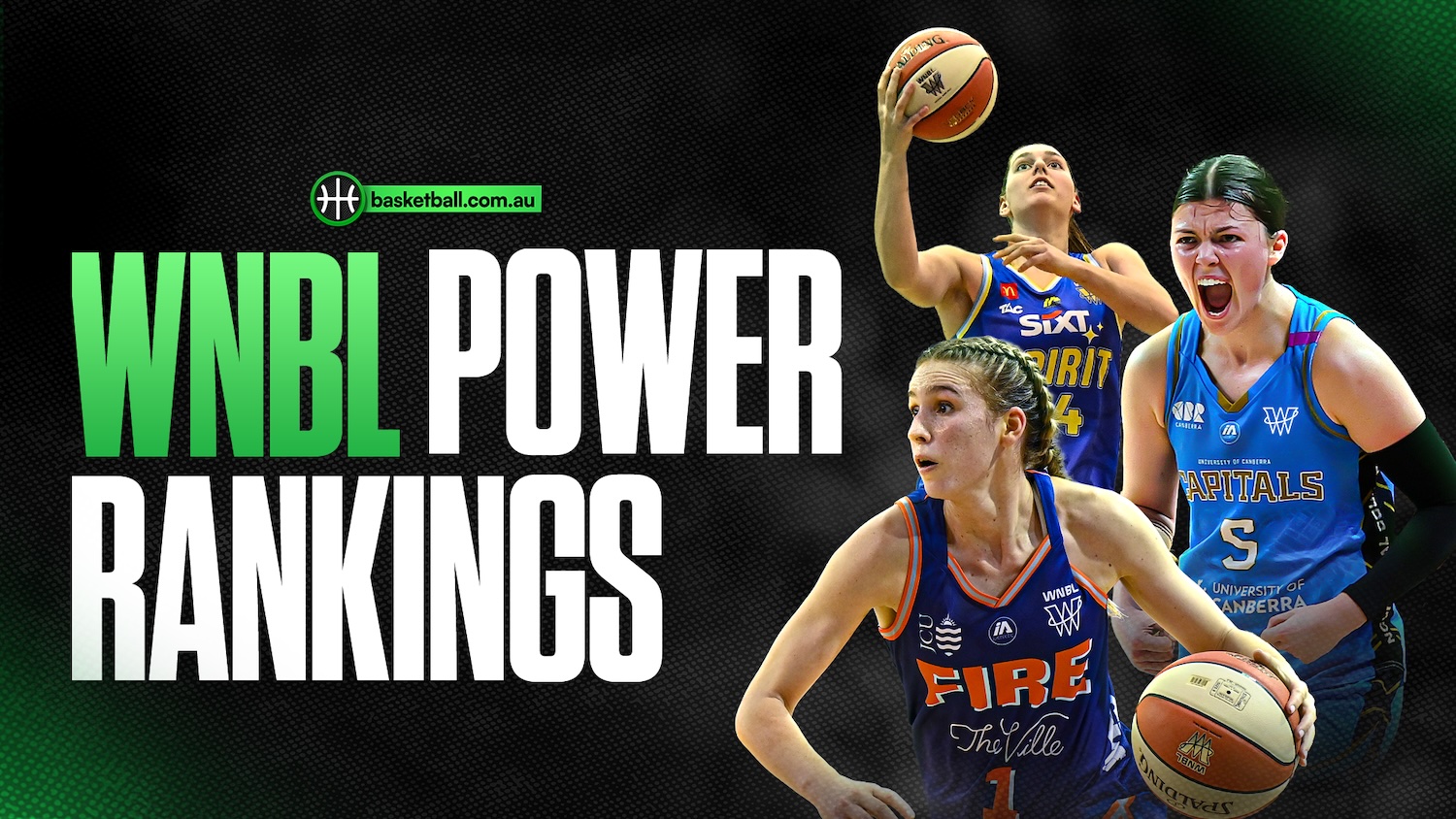
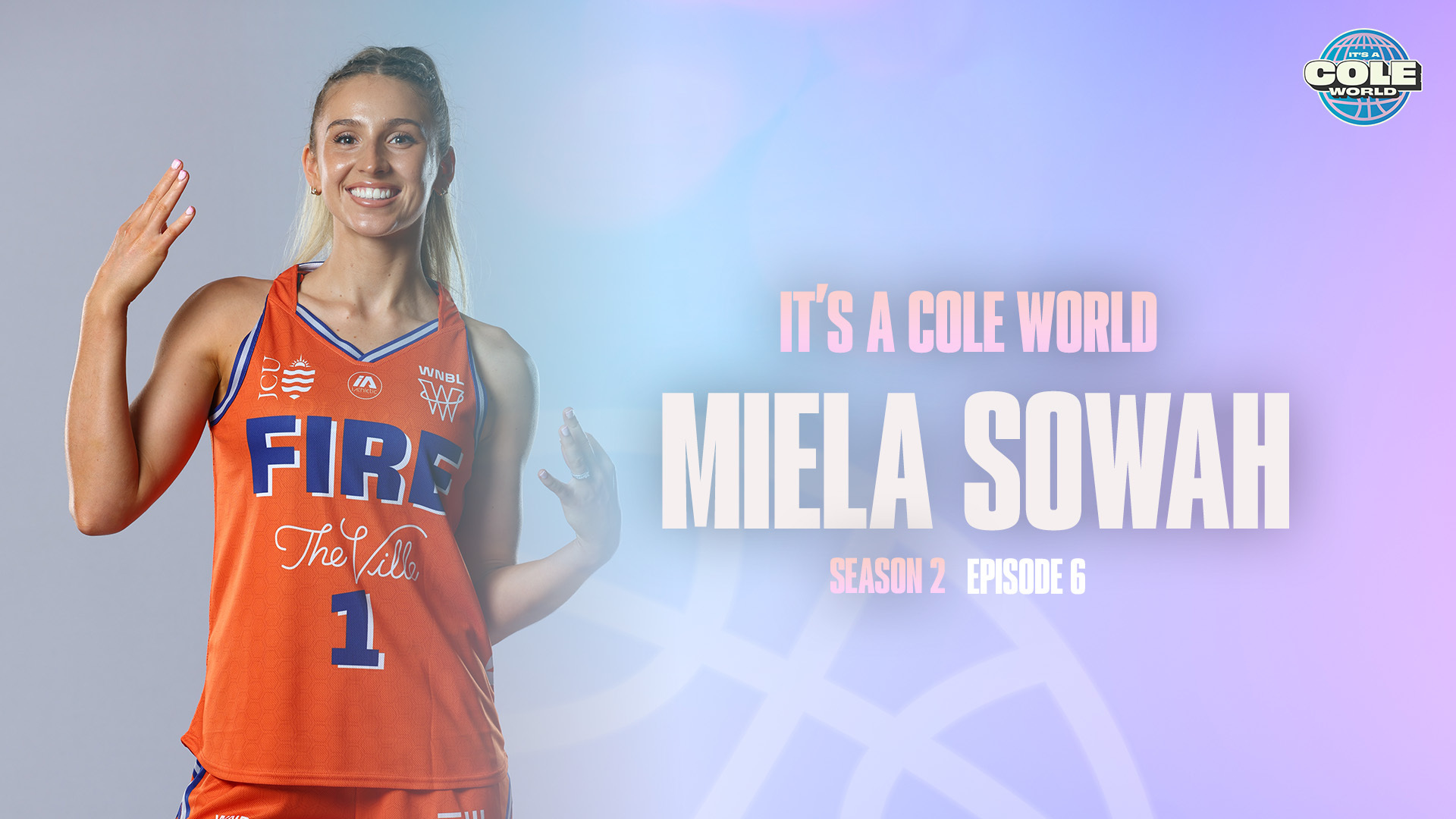
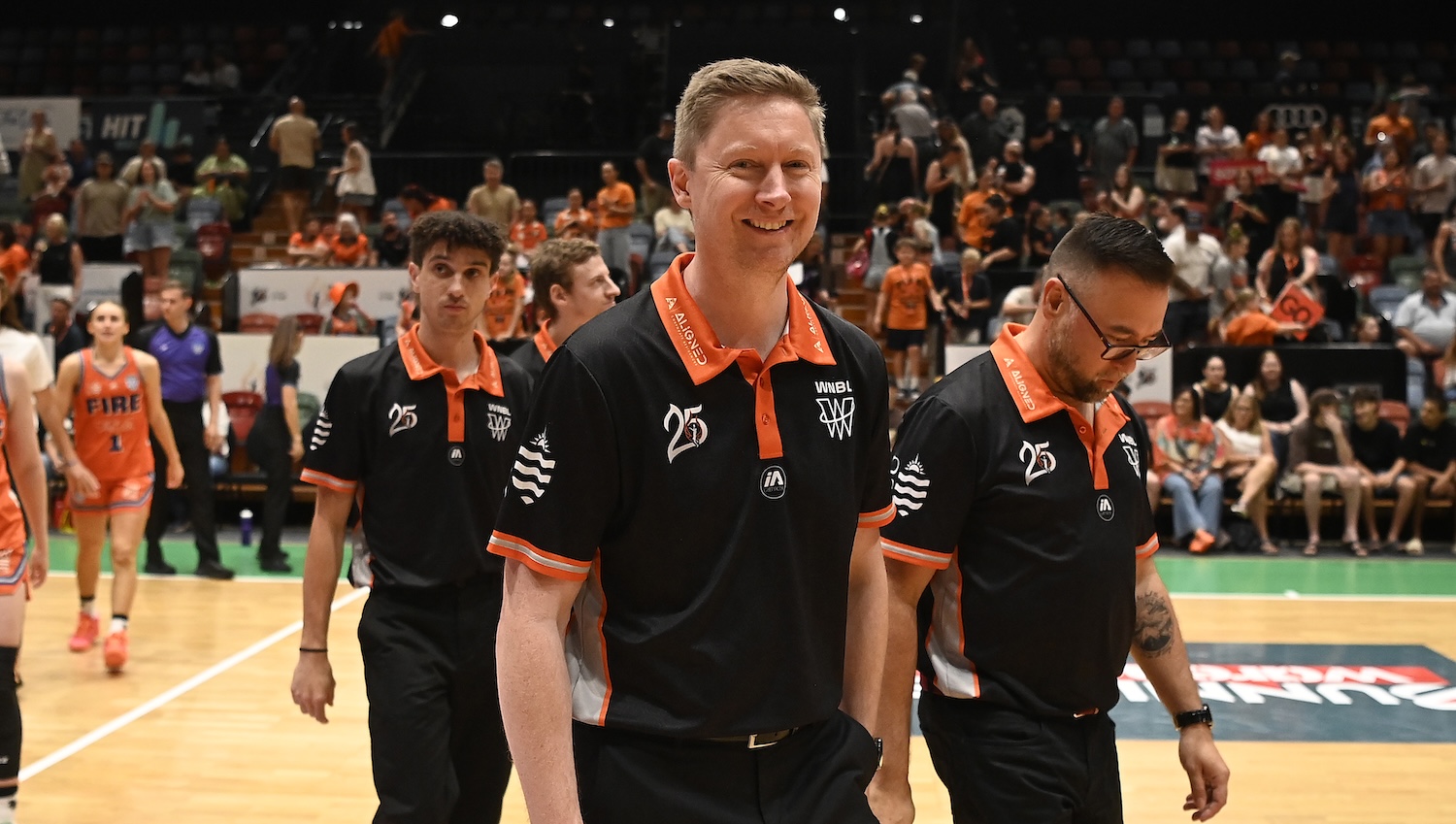
.jpg)

